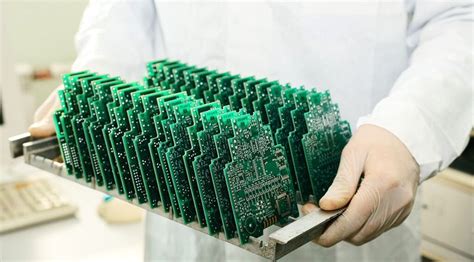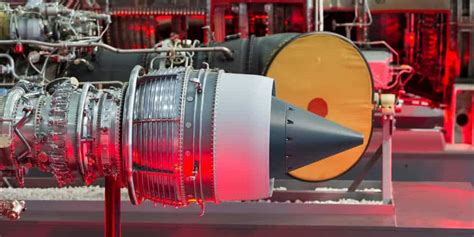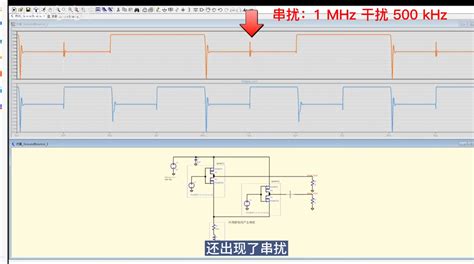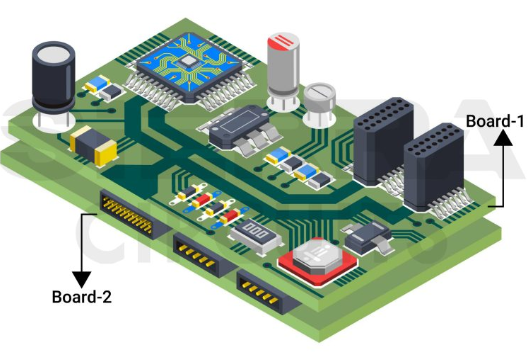Avoid the pitfalls of PCB design – here are some tips
For an electronic engineer, circuit design is a basic skill. However, even if the circuit schematic is perfect, if you do not understand and prevent common problems and challenges in the process of converting it into a PCB circuit board, the entire system will still be greatly reduced, and in serious cases, it will not work at all. In order to avoid changes in engineering design, improve efficiency and reduce costs, today I will explain the most common problems one by one. Finally, I will show you DesignSpark PCB, which can be downloaded from the DesignSpark website and provides a large number of free resource libraries, which will definitely bring you an extraordinary experience in PCB design.
1.Component selection and layout
The specifications of each component are different. Even if the components produced by different manufacturers of the same product have different characteristics, so when designing, you must contact the supplier to understand the characteristics of the components and know the impact of these characteristics on the design.
Nowadays, choosing the right memory is also a very important thing for electronic product design. Due to the continuous update of DRAM and Flash memory, it is a big challenge for PCB designers to ensure that the new design is not affected by the ever-changing memory market outside. DDR3 currently occupies 85%-90% of the current DRAM market, but DDR4 is expected to rise from 12% to 56% in 2014. Therefore, designers must keep their eyes on the memory market and keep in close contact with manufacturers.
Components overheating and burning
In addition, necessary calculations must be made for some components with large heat dissipation, and their layout also needs special consideration. A large number of components together can generate more heat, causing the solder mask to deform and separate, and even ignite the entire board. Therefore, design and layout engineers must work together to ensure that the components have a suitable layout.
The first thing to consider when laying out is the size of the PCB. When the PCB size is too large, the printed lines are long, the impedance increases, the anti-noise ability decreases, and the cost increases; if it is too small, the heat dissipation is not good, and the adjacent lines are susceptible to interference. After determining the PCB size, determine the location of special components. Finally, layout all the components of the circuit according to the functional units of the circuit.
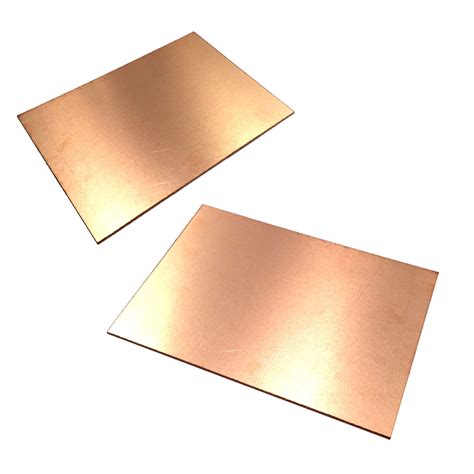
2.Heat dissipation system
The design of the heat dissipation system includes cooling methods and heat dissipation component selection, as well as consideration of the cold expansion coefficient. At present, the main methods of PCB heat dissipation are heat dissipation through the PCB board itself, adding a heat sink and a heat conducting plate, etc.
In traditional PCB board design, most boards are made of copper-clad/epoxy glass cloth substrate or phenolic resin glass cloth substrate, and a small amount of paper-based copper-clad boards are used.
These materials have good electrical properties and processing properties, but poor thermal conductivity. Since surface-mounted components such as QFP and BGA are widely used in current designs, the heat generated by the components is transferred to the PCB board in large quantities. Therefore, the best way to solve the heat dissipation problem is to improve the heat dissipation capacity of the PCB itself that is in direct contact with the heating components, and conduct or dissipate it through the PCB board.
When a few devices in the PCB generate a lot of heat, a heat sink or heat pipe can be added to the heating device.
When the temperature cannot be lowered, a heat sink with a fan can be used. When there are a large number of heating devices, a large heat dissipation cover can be used, and the heat dissipation cover can be buckled on the component surface as a whole to dissipate heat in contact with each component. For professional computers used for video and animation production, water cooling is even required for cooling.
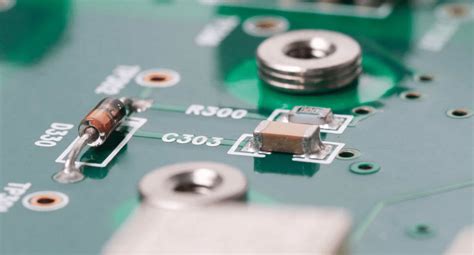
3.Moisture Sensitive Level MSL
MSL: Moisture Sensitive Level, which is indicated on the label outside the moisture-proof packaging bag and is divided into eight levels: 1, 2, 2a, 3, 4, 5, 5a, 6. Components with special requirements for humidity or with moisture-sensitive component marks on the packaging must be effectively managed to provide the temperature and humidity control range of the material storage and manufacturing environment, thereby ensuring the reliability of the performance of temperature and humidity sensitive components.
During baking, BGA, QFP, MEM, BIOS, etc. require perfect vacuum packaging. High-temperature resistant and non-high-temperature resistant components are baked at different temperatures respectively, and pay attention to the baking time. PCB baking requirements first refer to PCB packaging requirements or customer requirements. After baking, moisture-sensitive components and PCBs cannot exceed 12 hours at room temperature. Unused or unused moisture-sensitive components or PCBs that have not exceeded 12 hours at room temperature must be sealed with vacuum packaging or stored in a drying oven.
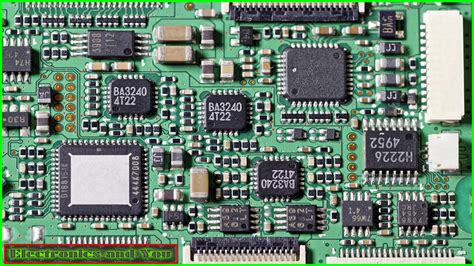
4.Testability Design
The key technologies of PCB testability include: testability measurement, testability mechanism design and optimization, and test information processing and fault diagnosis. The testability design of PCB is actually to introduce a testability method that can facilitate testing into PCB, and provide an information channel for obtaining the internal test information of the object under test. Therefore, the reasonable and effective design of the testability mechanism is the guarantee for successfully improving the testability level of PCB.
High product quality and reliability, and reduced product life cycle costs require testability design technology to be able to easily and quickly obtain feedback information during testing, and to easily make fault diagnosis based on feedback information. In PCB design, it is necessary to ensure that the detection position and entry path of DFT and other probes will not be affected. With the miniaturization of electronic products, the pitch of components is getting smaller and smaller, and the installation density will also increase. There are fewer and fewer circuit nodes available for testing, so the difficulty of online testing of printed circuit board assemblies is also increasing. Therefore, the electrical conditions, physical and mechanical conditions of the testability of the printed circuit board should be fully considered during design, and appropriate mechanical and electronic equipment should be used for testing.


